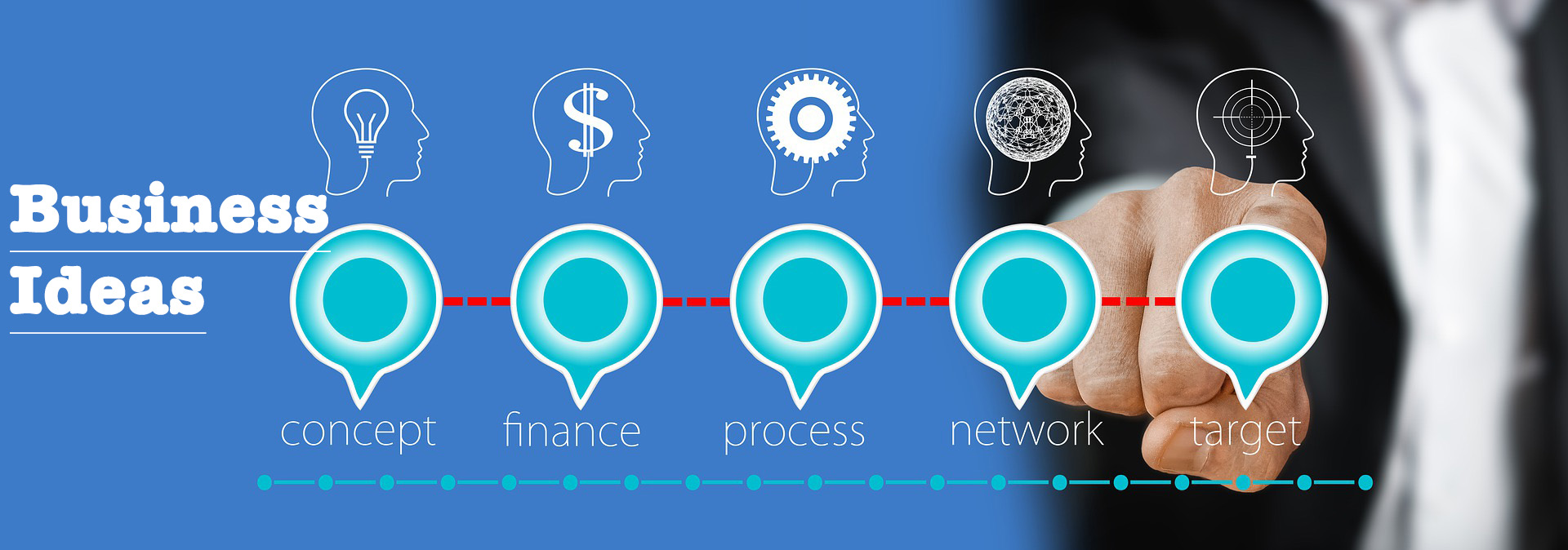Why a Strong Roof is More Than Just Shelter
Your roof does more than keep the rain out—it’s your home’s first defense against storms, heat, and time itself. A well-maintained roof keeps your home safe, energy-efficient, and looking great. But what happens when cracks, leaks, or missing shingles appear? Ignoring these issues could cost you thousands in repairs down the road.
That’s where professional roofing services come in. Whether you need a quick fix or a full roof replacement, choosing the right team ensures your home stays protected for years to come.
How Professional Roofing Services Protect Your Home
Investing in roofing services isn’t just about fixing problems—it’s about preventing them. Here’s how professional roofers help homeowners like you:
1. Regular Roof Inspections
A trained eye can spot small issues before they become costly disasters. A professional roofing team will:
- Check for cracked or missing shingles
- Look for early signs of leaks and water damage
- Inspect gutters for blockages that can cause roof deterioration
2. Fast and Effective Roof Repairs
Storm damage, falling branches, or simple wear and tear can lead to leaks or weak spots. A professional repair service ensures:
- Quick fixes to prevent further damage
- High-quality materials that match your existing roof
- Long-term solutions, not just temporary patches
3. Full Roof Replacement for Long-Term Protection
Sometimes, repairs aren’t enough. If your roof is over 20 years old, a replacement may be the smarter choice. A new roof provides:
- Better insulation, reducing energy bills
- Increased home value if you plan to sell
- Stronger resistance against extreme weather
4. Reroofing: A Budget-Friendly Alternative
Not ready for a full replacement? Reroofing adds a new layer of shingles over your existing roof, offering:
- A fresh, clean look without the cost of a full replacement
- Extra protection against leaks and weather damage
- A quicker, less invasive upgrade for your home
What Makes a Roofing Company Stand Out?
With so many roofing services out there, how do you choose the right one? Here’s what to look for in a reliable roofing company:
1. Experience and Expertise
The best roofing companies have years of experience handling different roofing materials and challenges. Look for professionals who have a proven track record of:
- Working with asphalt, tile, metal, and flat roofs
- Handling both residential and commercial properties
- Staying updated on the latest roofing technologies
2. Quality Workmanship
Not all roofing work is the same. A trusted company ensures:
- Clean and precise installations
- Attention to detail in every repair
- Work backed by warranties for peace of mind
3. Customer Reviews and Testimonials
What do past customers say? Check for:
- Positive feedback on work quality and professionalism
- Evidence of timely project completion
- Satisfied homeowners who would hire them again
4. Transparent Pricing
Avoid surprises by choosing a company that offers:
- Free estimates with detailed breakdowns
- No hidden fees or sudden price increases
- Competitive pricing that balances cost with quality
Roofing Services That Fit Your Needs
No two roofs are the same, which is why roofing experts offer a range of services:
Residential Roofing Services
Homeowners need reliable roofs to protect their families. This includes:
- New roof installations for modern and classic homes
- Leak detection and repair services
- Emergency storm damage repair
Commercial Roofing Services
Businesses need strong, durable roofing too. Services include:
- Flat roof repair and installation
- Metal roofing for durability and energy efficiency
- Routine maintenance to prevent costly issues
Storm Damage and Insurance Claims Assistance
If your roof suffers damage after a storm, a professional team can:
- Inspect and document the damage for insurance claims
- Help you navigate the claims process
- Provide fast repairs to prevent further harm to your property
Common Roofing Questions Answered
1. How often should I have my roof inspected?
A roof inspection should be done at least once a year or after major storms. Regular check-ups help catch small problems before they become expensive repairs.
2. How do I know if my roof needs replacing?
Signs that you may need a new roof include:
- Curled or missing shingles
- Leaks or water stains on ceilings
- An aging roof (over 20 years old)
- Rising energy bills due to poor insulation
3. Can I fix a roof leak myself?
While minor fixes like replacing a shingle might seem easy, a professional repair ensures the issue is fully resolved. DIY repairs can sometimes make problems worse if not done correctly.
4. How much does a new roof cost?
Costs vary based on:
- Roof size and materials used
- Labor and complexity of installation
- Location and climate conditions
A professional roofing company can provide a detailed quote based on your specific needs.
Protect Your Home with the Best Roofing Services
Your roof works hard every day, shielding you from wind, rain, and sun. It deserves the best care possible. Whether you need a quick repair, a full replacement, or just an expert opinion, roofing services ensure your home stays strong and secure. Don’t wait for leaks to turn into bigger problems. Contact a professional roofing team today and give your home the protection it deserves.








